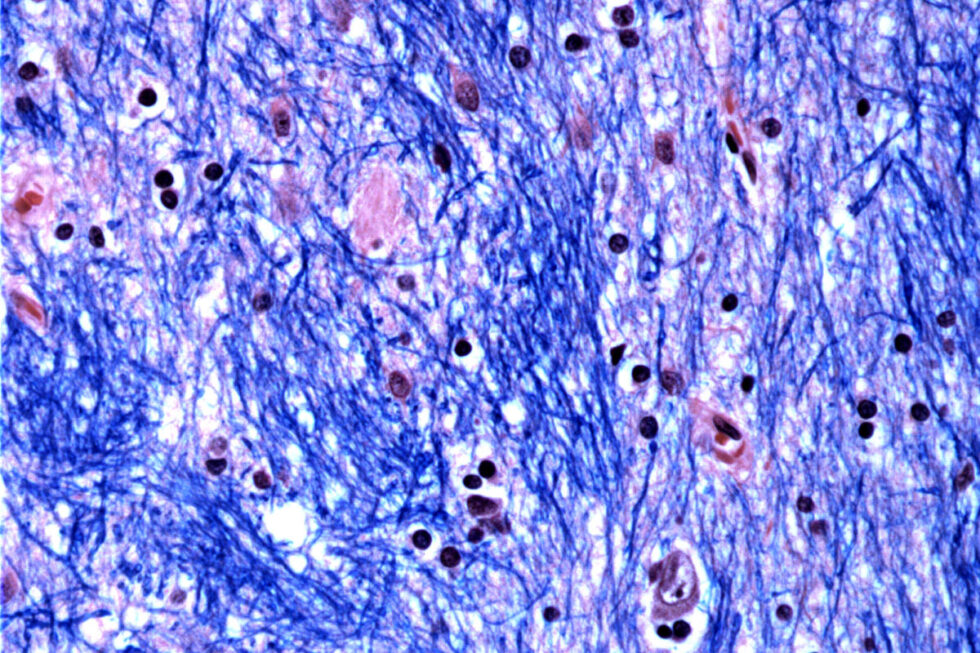Scientists reveal the mystery of the late onset of Huntington’s disease


Advances in understanding Huntington’s disease
Huntington’s disease is a devastating inherited disorder that manifests itself in adulthood and causes the degeneration of nerve cells in different parts of the brain. Although the genetic mutation associated with this disease was known, until now it had not been possible to understand why people who carry it from birth do not develop symptoms until later in life. Recent research has revealed that this mutation, surprisingly, can remain harmless for decades before it begins to spread, generating toxic proteins that cause cell death.
A team of scientists from the Broad Institute of MIT and Harvard, along with McLean Hospital and Harvard Medical School, has studied brain tissue donated by 53 patients with the disease and 50 healthy controls, analyzing half a million cells. They focused on the Huntington’s mutation, which involves a repeat of a segment of DNA in a specific gene. In healthy individuals, this segment is repeated between 15 and 35 times, while in those with the disease, it is repeated at least 40 times. The researchers found that these repeats can expand over time to hundreds of repeats, and that once they exceed a threshold of about 150 repeats, damage occurs to certain types of neurons.
The findings of this study, published in the journal Cell, have surprised even the researchers themselves. One of the co-authors, Steve McCarroll, highlighted that the rate of expansion of these repeats is slow during the first two decades of life, but accelerates dramatically once around 80 repeats are reached. Research suggests that the longer the repetitions, the earlier the onset of symptoms. Although some scientists were initially skeptical, the results indicate that expansions of at least 150 repeats are enough to trigger the disease. Researchers hope these discoveries can lead to the development of treatments that delay or prevent this incurable condition, which currently affects about 41,000 people in the United States.





